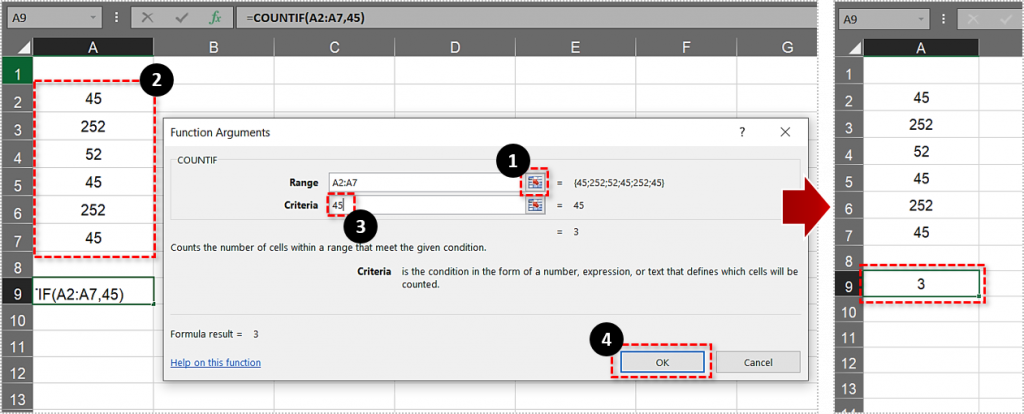

There are a gazillion utilities meant to detect and delete duplicate files. Here you go:Ĭool stuff? Take a look at my other scripts here: Thanks to Kenward Bradley’s one-liner which sparks the idea in me to write this script. Selected files moved to C:\Duplicates_$date" Destination $env:SystemDrive\Duplicates_$date -Force Path $env:SystemDrive\Duplicates_$date -Force Selected files will be moved to C:\Duplicates_$date" ` "Select files (CTRL for multiple) and press OK. $d.Group | Select-Object -Property Path, Hash $duplicates = Get-ChildItem $filepath -File -Recurse `

$filepath = Read-Host 'Enter file path for searching duplicate files (e.g. # Find Duplicate Files based on Hash Value # # Author: Patrick Gruenauer | Microsoft MVP on PowerShell # Selected files will be moved to new folder C:\Duplicates_Date for further review. # find_ducplicate_files.ps1 finds duplicate files based on hash values.
#Excel find duplicates pair code
Copy the code to your local computer and open it in PowerShell ISE, Visual Studio Code or an editor of your choice.
#Excel find duplicates pair full
find_duplicate_files.ps1Īnd here is the code in full length. You will again see a new window appearing that shows the moved files for further review

This folder is our target for searching for duplicate files Enter the full path to the destination folder. Make sure your computer runs Windows PowerShell 5.1 or PowerShell 7. With my script in hand you are able to perform the described scenario. We will search duplicate files and then move them to a different storage location for further review. I want to change that with you in this blog post. Files are accidentally or deliberately moved from location to location without first considering that these duplicate files consumes more and more storage space. Big data usually means a huge number of files such as photos and videos and finally a huge amount of storage space. We are living in a big data world which is both a blessing and a curse.


 0 kommentar(er)
0 kommentar(er)
